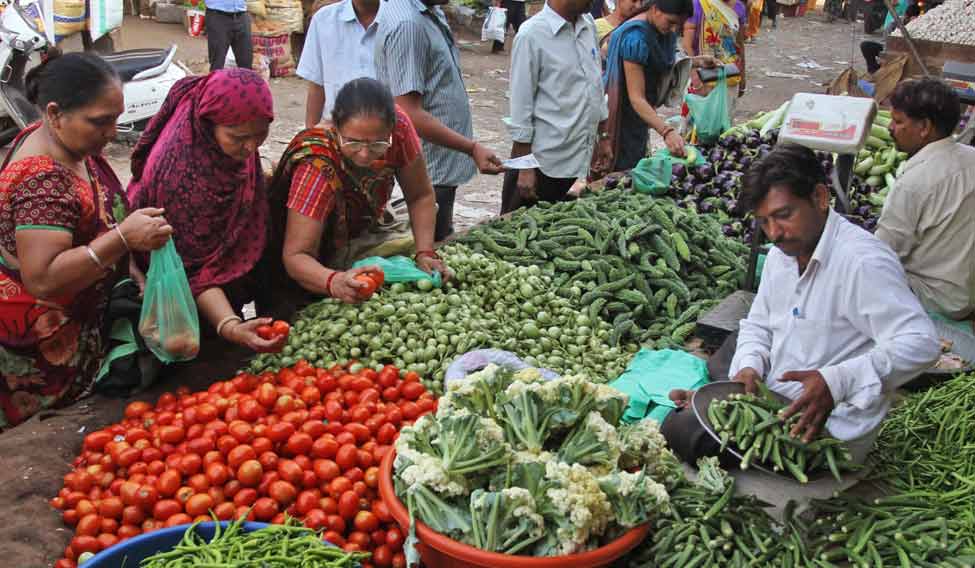Sharp rises in education and healthcare costs in the last two years have hit India's burgeoning middle class hard, denting Prime Minister Narendra Modi's popularity among the relatively well-off ahead of state elections.
Price increases for services deemed a luxury for most Indians could also complicate the central bank's plans to cut borrowing costs, with decades of low investment in schools and hospitals meaning they will remain expensive for some time.
"Spending on my son's education and medicine for the family has gone up sharply," said Sambuddha Banerjee, a 47-year-old IT professional, who works for local government in Kolkata.
"The government also cut fuel subsidies and tried to impose taxes on our pension savings. This is not acceptable."
Banerjee is thinking twice about voting for Modi's Bharatiya Janata Party (BJP) at elections scheduled for 2019.
That view is far from universal, but is already on the radar of a government that swept to power in 2014 with promises of economic reforms and pro-business policies that appealed to aspirational Indians living in big towns and cities.
Modi has already seen support among the huge agriculture sector ebb following several crop failures, so appeasing the middle class, which accounts for about a quarter of the 1.3 billion population, looks increasingly important.
"Rising prices of commodities and services which have a higher weight in the consumption basket of middle class households is an issue that cannot be ignored," said a senior finance ministry official.
"This is a supply side issue and can't be addressed in the short term," he added.
To ease some pressure on middle income earners, the government plans to hike salaries of its nearly 10 million employees by 24 per cent this year.
Government backs down
Education costs have risen 13 per ent, housing 10 per cent, healthcare 14 per cent and electricity 8 per cent since Modi took charge in May 2014, time series data on CPI inflation collected by the Ministry of Statistics showed.
That puts a disproportionate strain on middle class incomes, with education costs accounting for 7 per cent of urban households' monthly spend compared with 3.5 per cent of rural households, data showed.
Food and beverage prices, meanwhile, which account for more than a half of the CPI basket, fell 10.5 per cent since Modi's election victory, although there, too, items like milk and eggs favoured by middle income Indians have actually risen.
Owners of motorcycles and cars are further upset that the government took away some windfall gains from falling oil prices in the form of taxes, and people across the country are cutting back on discretionary spending as expenses outstrip earnings.
Underlining the government's sensitivity to a "squeeze" on the middle class, earlier this month it agreed to roll back plans to tax pension fund withdrawals following a backlash from salaried workers.
While national elections are three years away, the BJP's popularity faces earlier tests, with ballots in states including West Bengal and Assam later in 2016, and the key battleground of Uttar Pradesh due next year.




